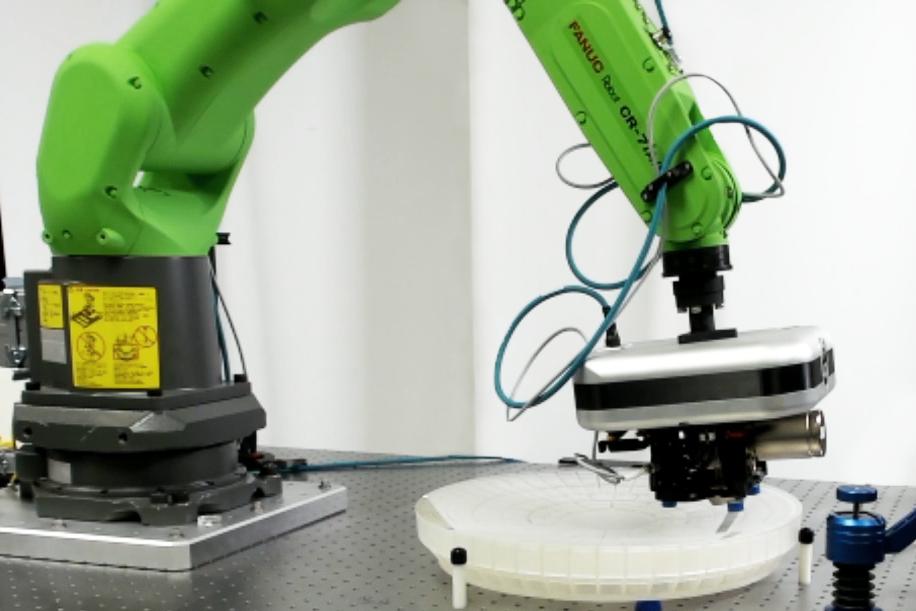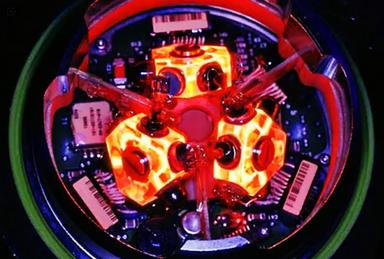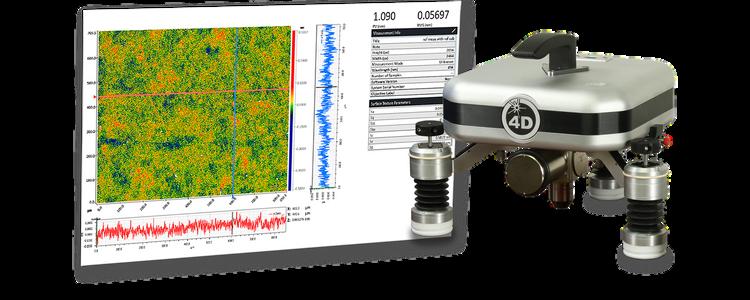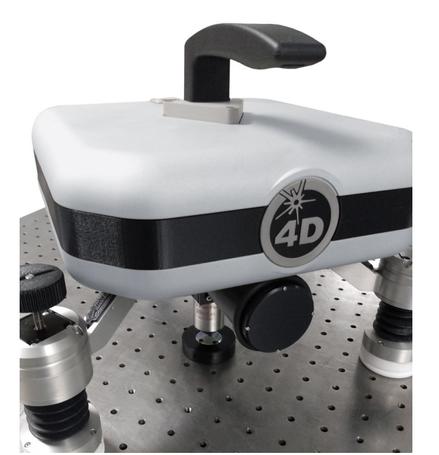
3 minute read
Metrology of Optics and Imaging Systems
Supersmooth optical surfaces are required in applications such as lenses for semiconductor equipment
For UV, EUV, and X-ray wavelength applications, optics must be extremely smooth to avoid scattering, which affects image quality, signal-to-noise, and other critical optical performance properties The typically high incident energy can also degrade optics quickly Thus, manufacturers and end users require a reliable, reproducible method to verify smoothness to subnanometer levels

Figure 1 UV, EUV, and X-ray optics, such as the mirrors in this ring laser gyro, require supersmooth surfaces to avoid scattering that can impact performance and degrade the optics (Rogoway)
But, while newer manufacturing techniques have enabled production of supersmooth optics, the metrology to accurately measure these surfaces has lagged behind To fill the void, the NanoCam HD optical profiler (Figure 1) has been proven to provide reliable, noncontact measurement of supersmooth surface texture, in situ on the shop floor
Because 4D’s dynamic technology is the best way to obtain good measurements in extreme environments, we offer the best choices and the greatest experience in measuring in these circumstances.
4D Technology
THE CHALLENGE OF MEASURING SUPERSMOOTH OPTICS
“Supersmooth” surfaces typically have an RMS roughness (Sq) of less than 0.1 nm. Measuring such extremely smooth surfaces exceeds the capability of most measurement technologies.
To date, stylus-based instruments and atomic force microscopes have been used. However, these techniques are very slow, and the contacting probes can damage the surfaces Additionally, the measurement systems require highly controlled environments because vibration, shop noise, and air turbulence will degrade measurements.
Non-contact, optical profiling is the preferred method for quickly acquiring 3D data of supersmooth surfaces. Scanning white light optical profilers are most common. But the noise floor of scanning systems is typically too high to measure sub-angstrom roughness, even using phase-shifting interferometry (PSI) mode.

NANOCAM HD MEASURES SUPERSMOOTH SURFACES
4D Technology’s NanoCam HD is an enabling technology for controlling the production of supersmooth surfaces The NanoCam HD (Figure 2) offers several benefits that make sub-angstrom measurement possible.

DYNAMIC INTERFEROMETRY
In recent years, vibration-immune “dynamic” interferometry has been adapted for roughness measurement. In dynamic instruments such as 4D Technology’s NanoCam HD, all measurement data is acquired simultaneously, rather than sequentially as in scanning methods. Such fast acquisition enables the NanoCam HD to measure in shop floor environments without expensive vibration isolation.
--------------------------------------------------

Discover more and discuss your application with Dr. Luke Nicholls, QDUKI's Technical Sales Manager, by email (luke@qd-uki.co.uk) or call 01372 378822.
---------------
See more in our FREE Semiconductors Magazine







